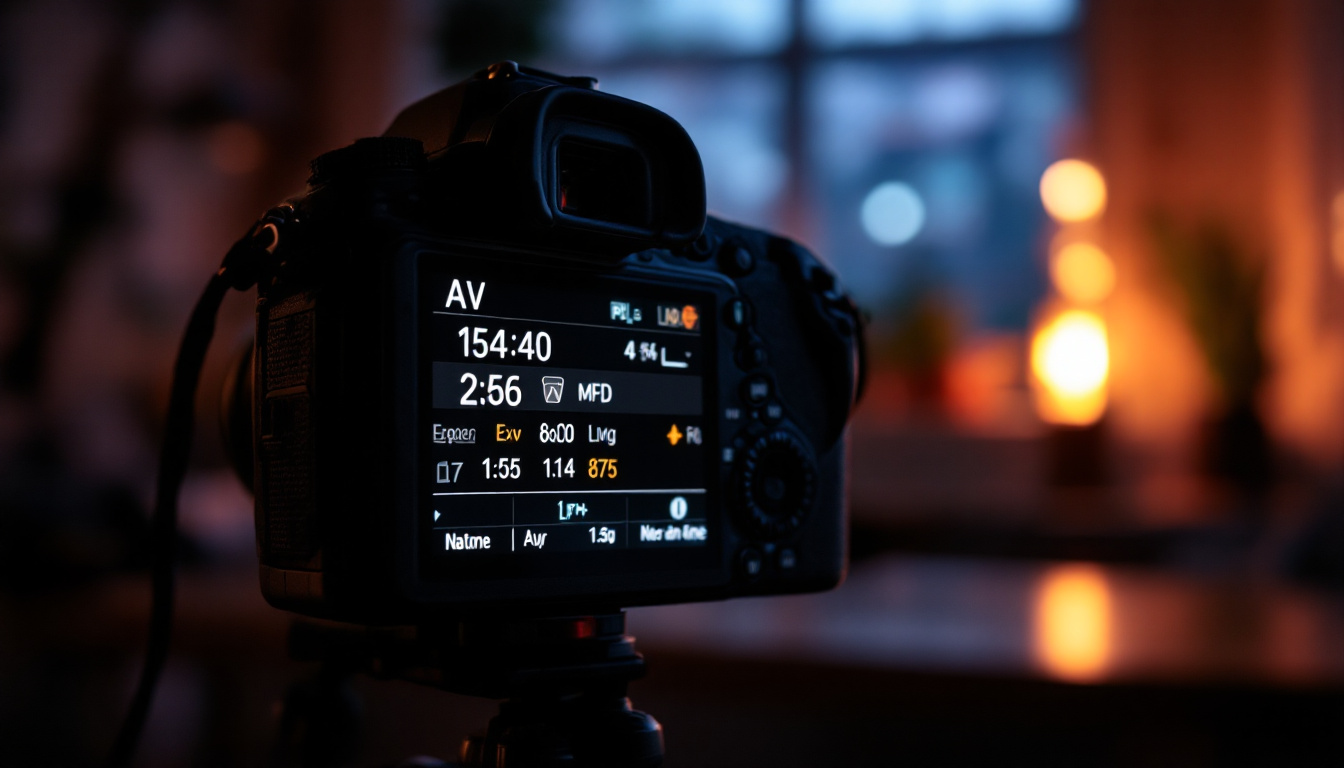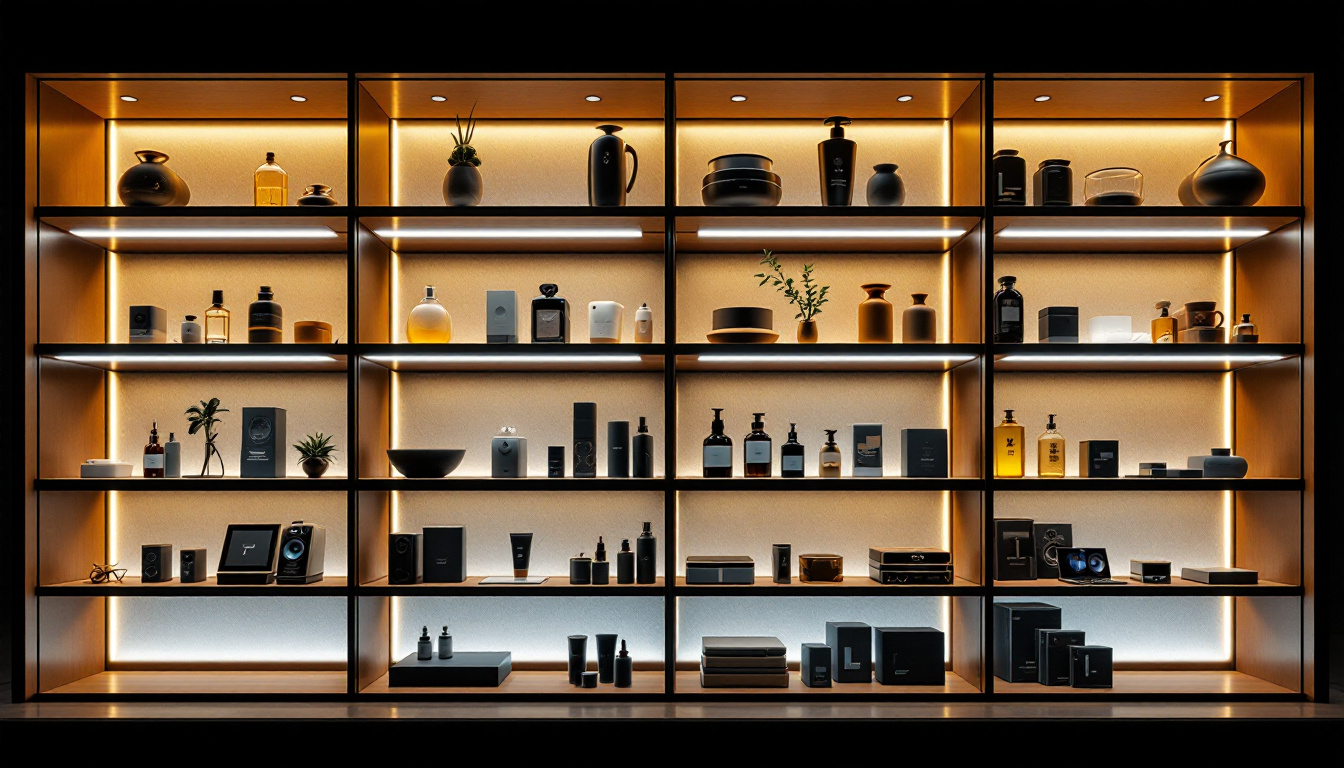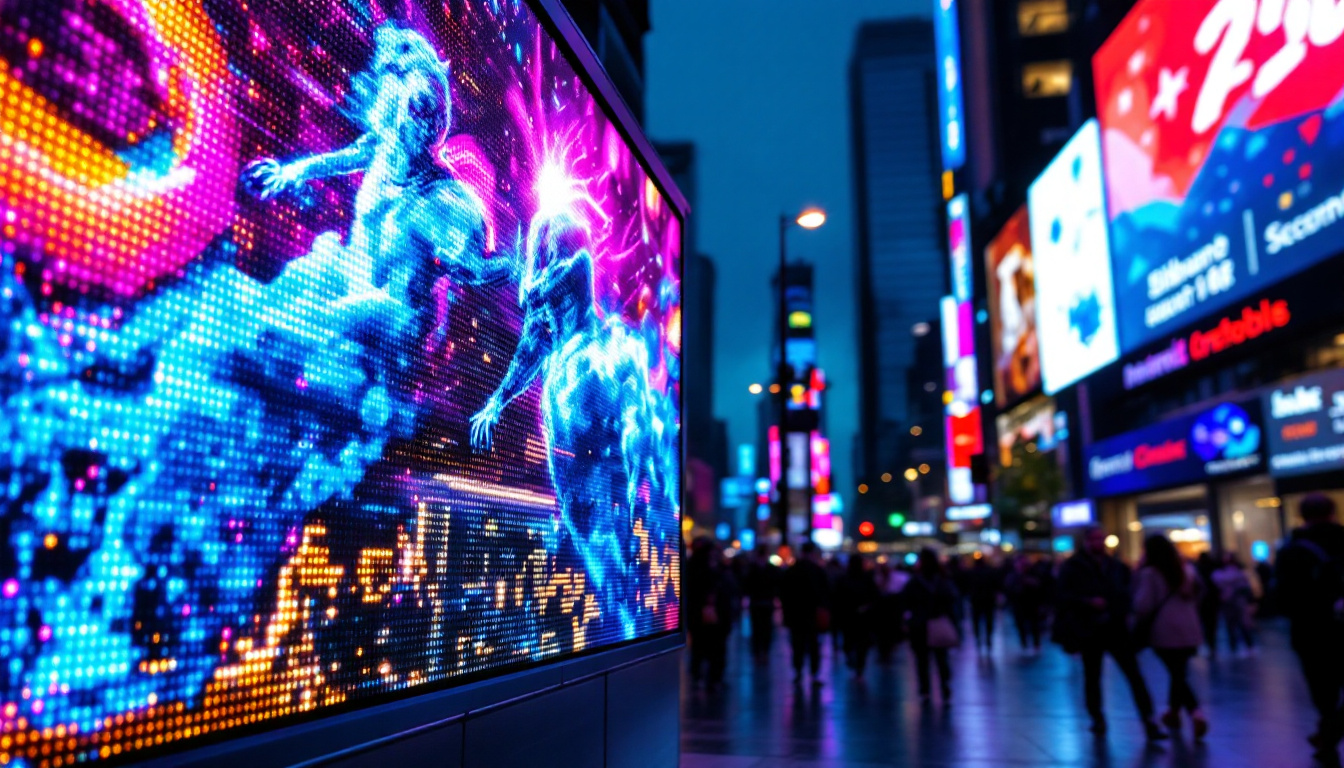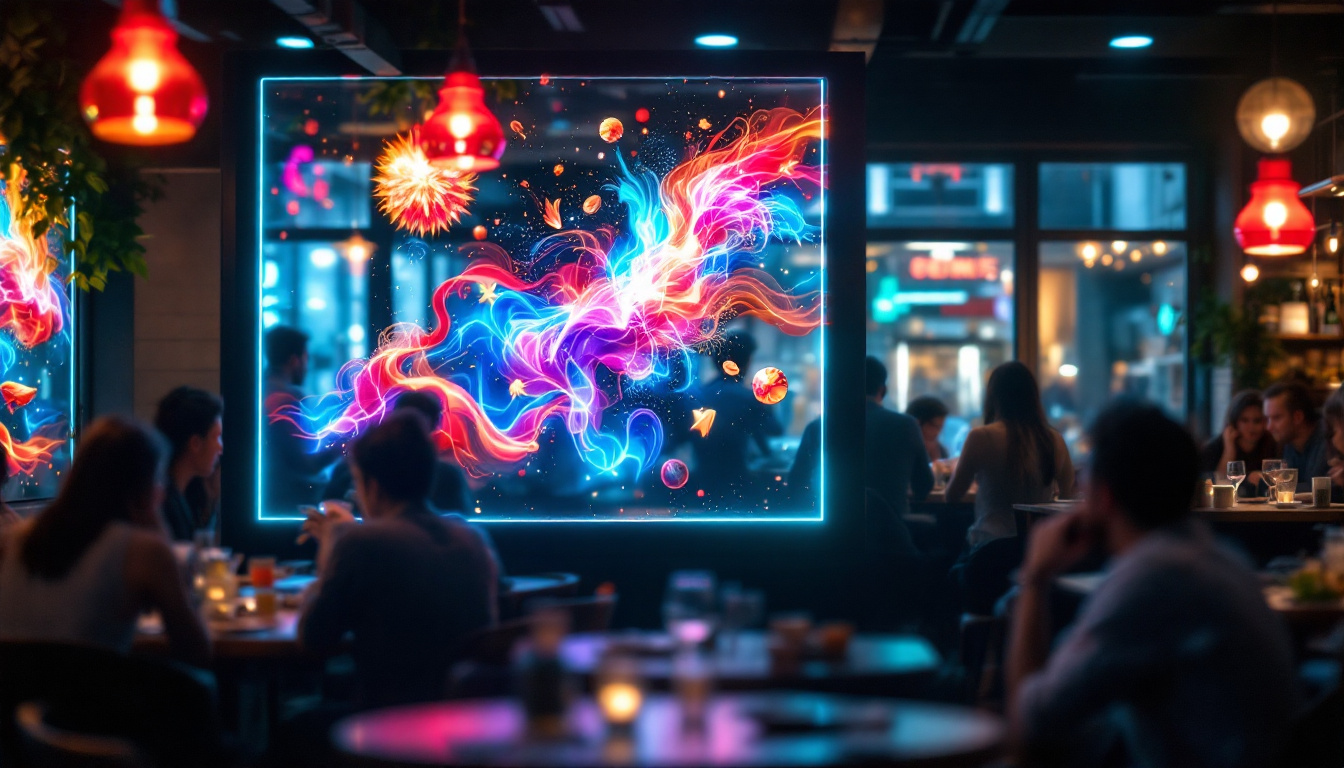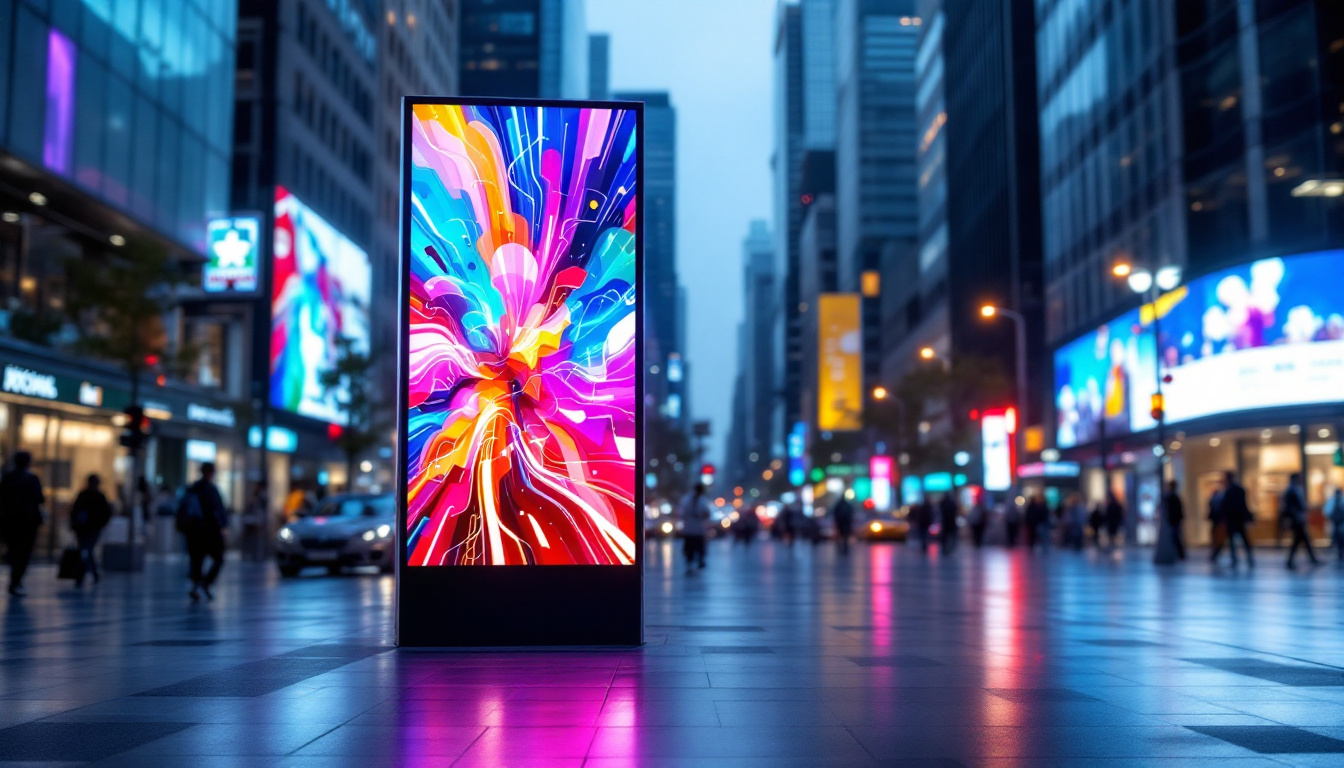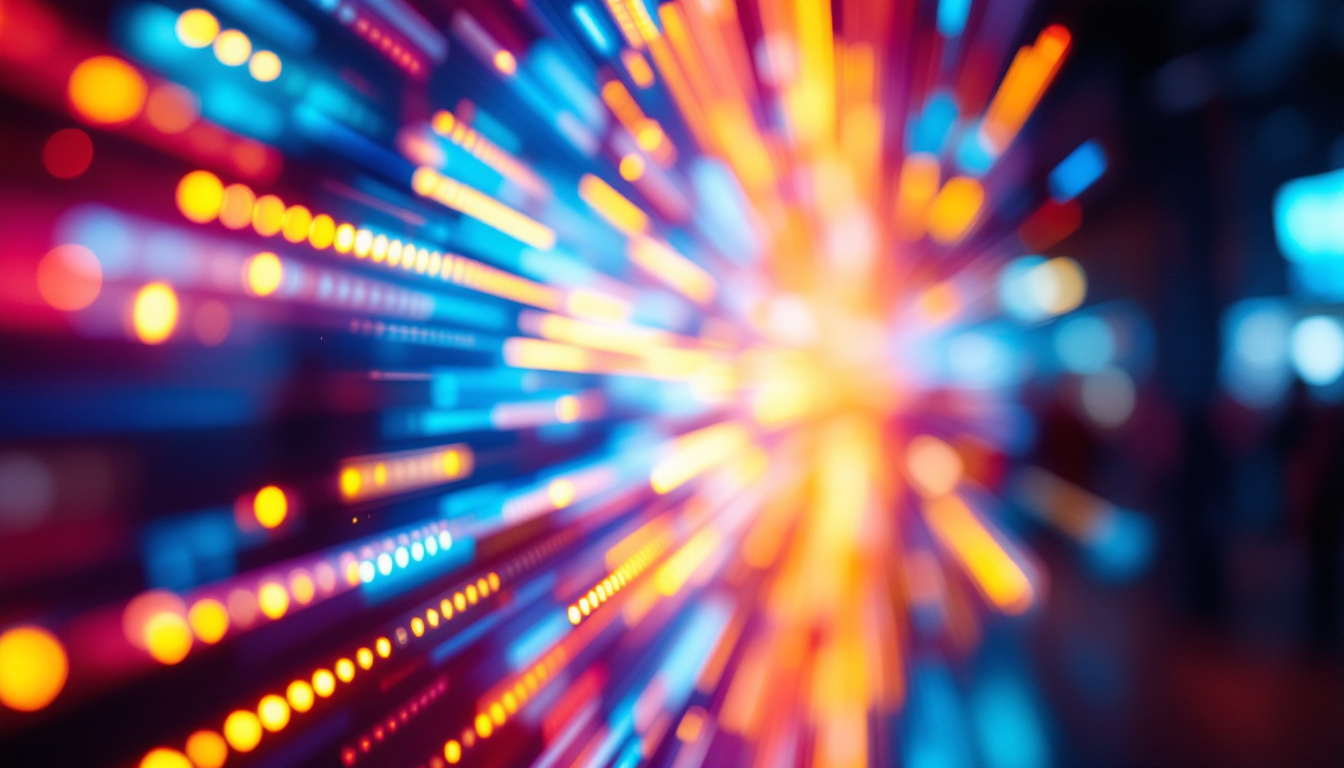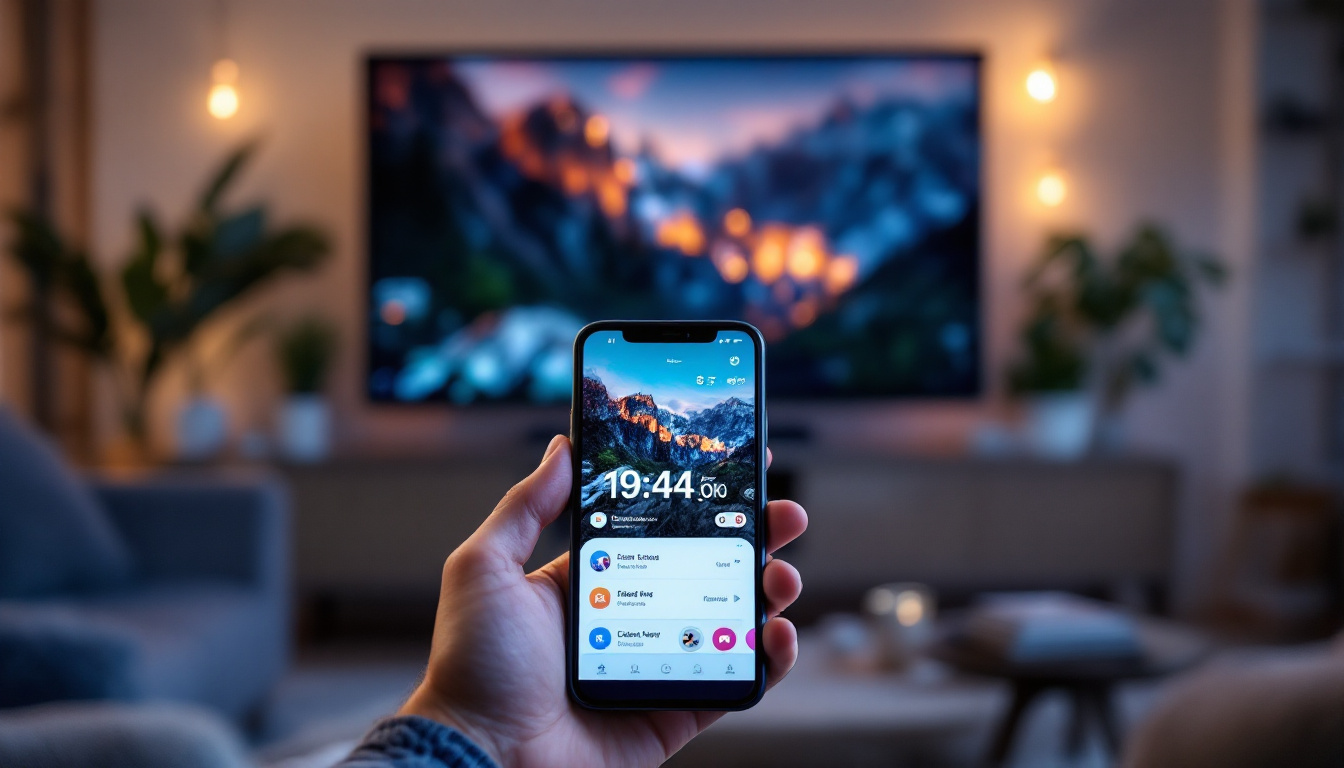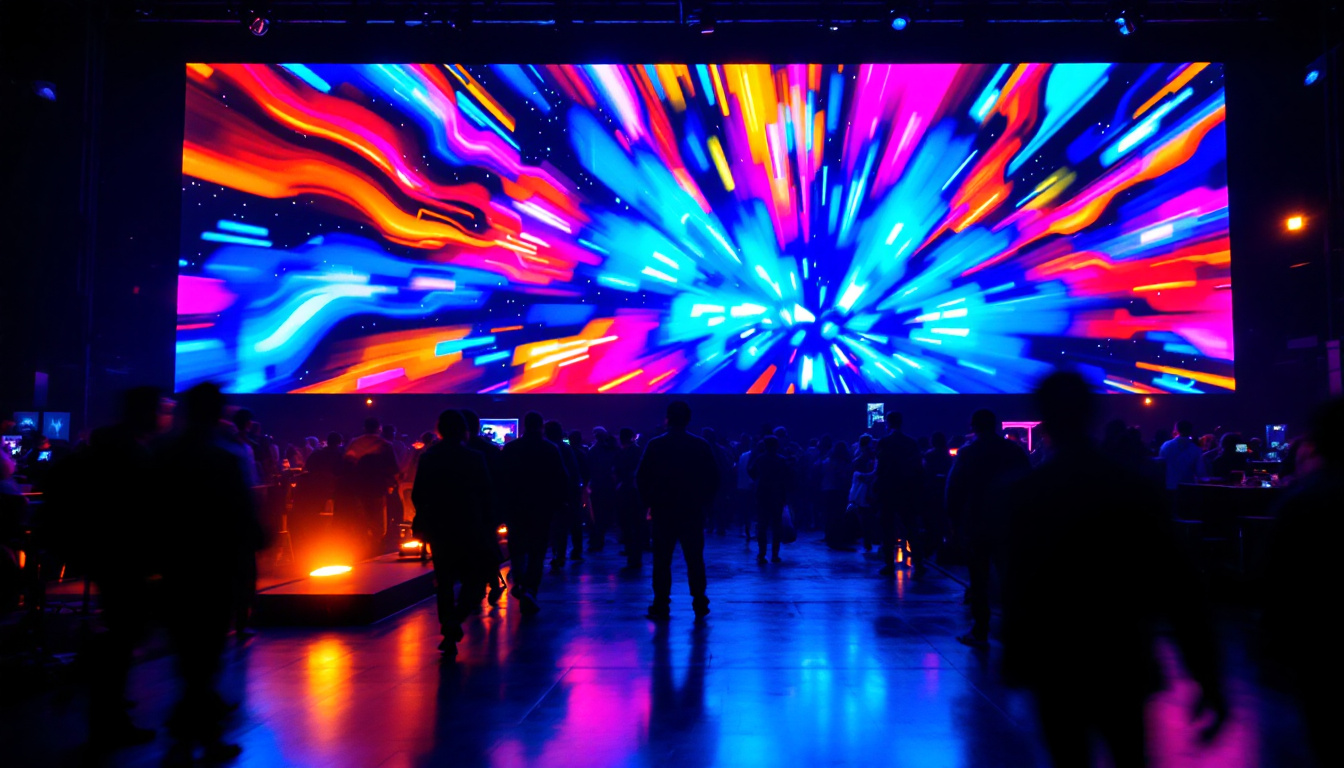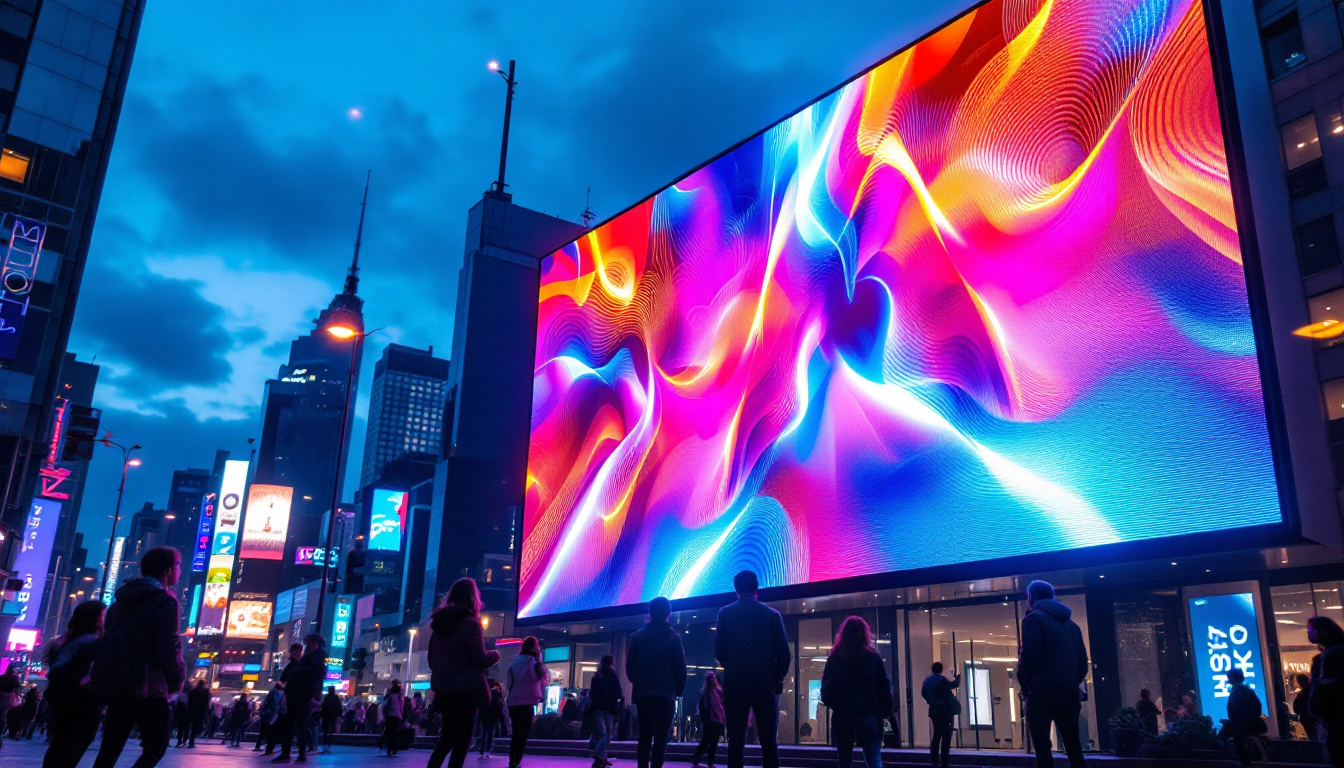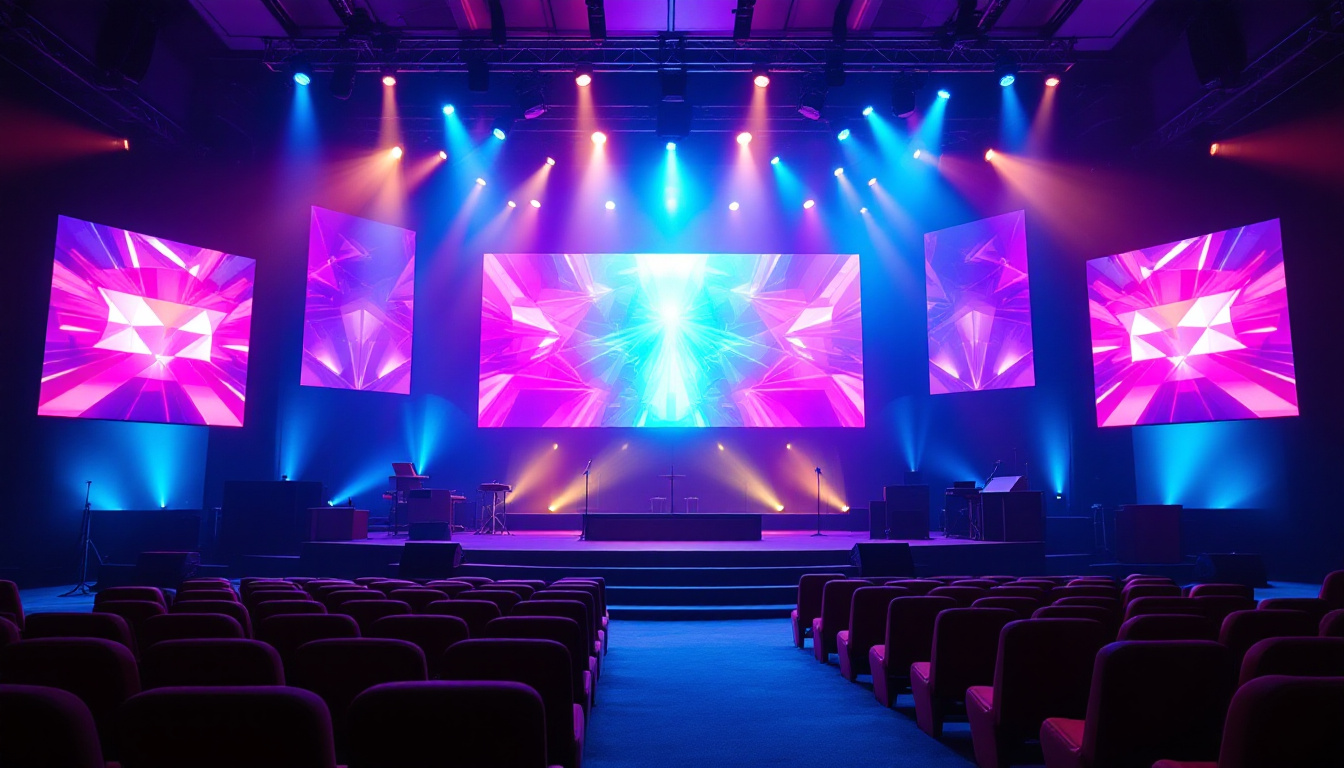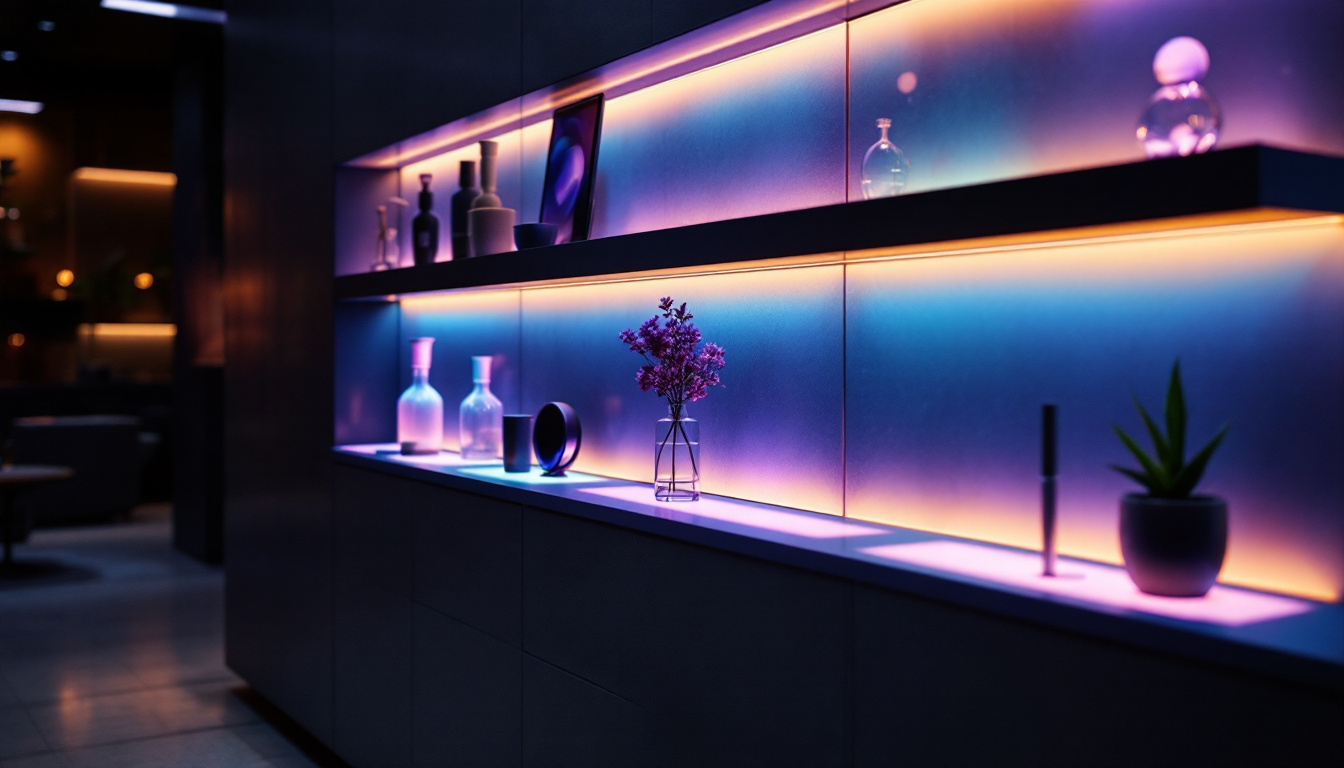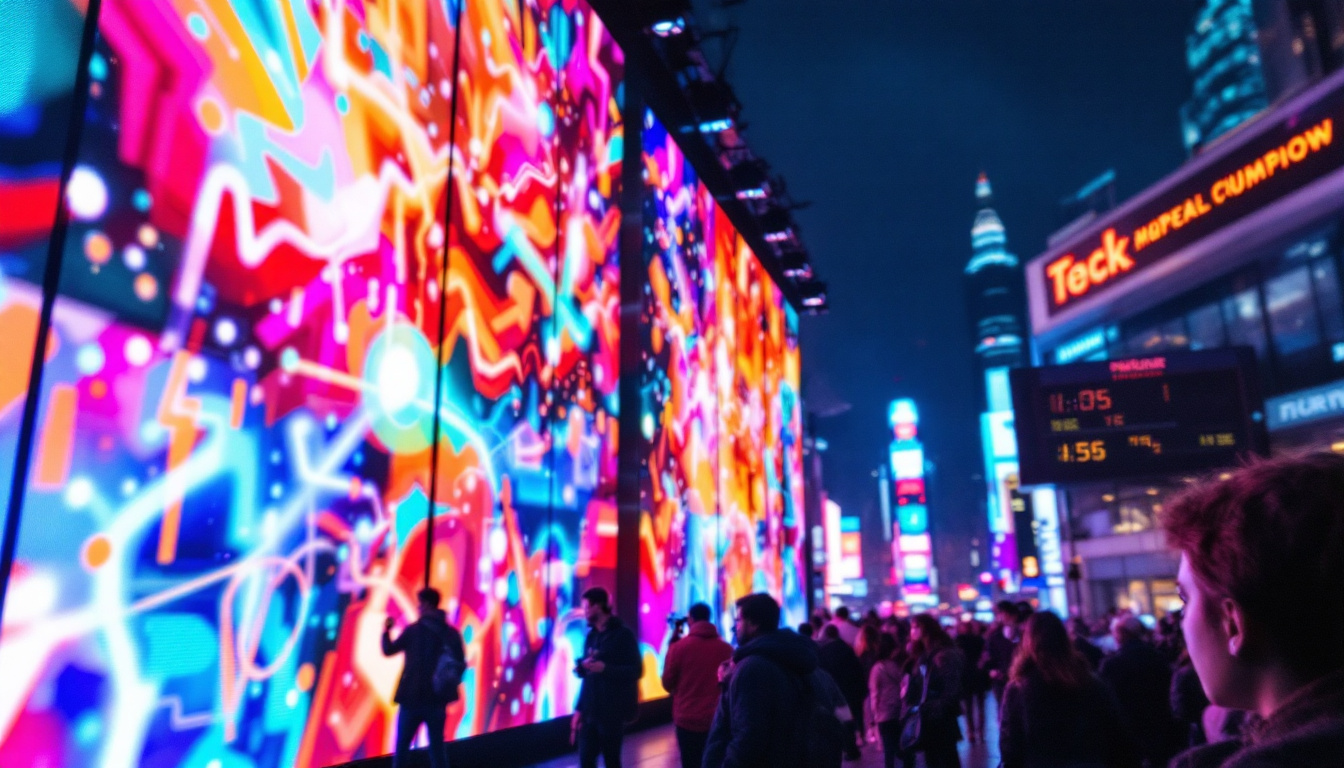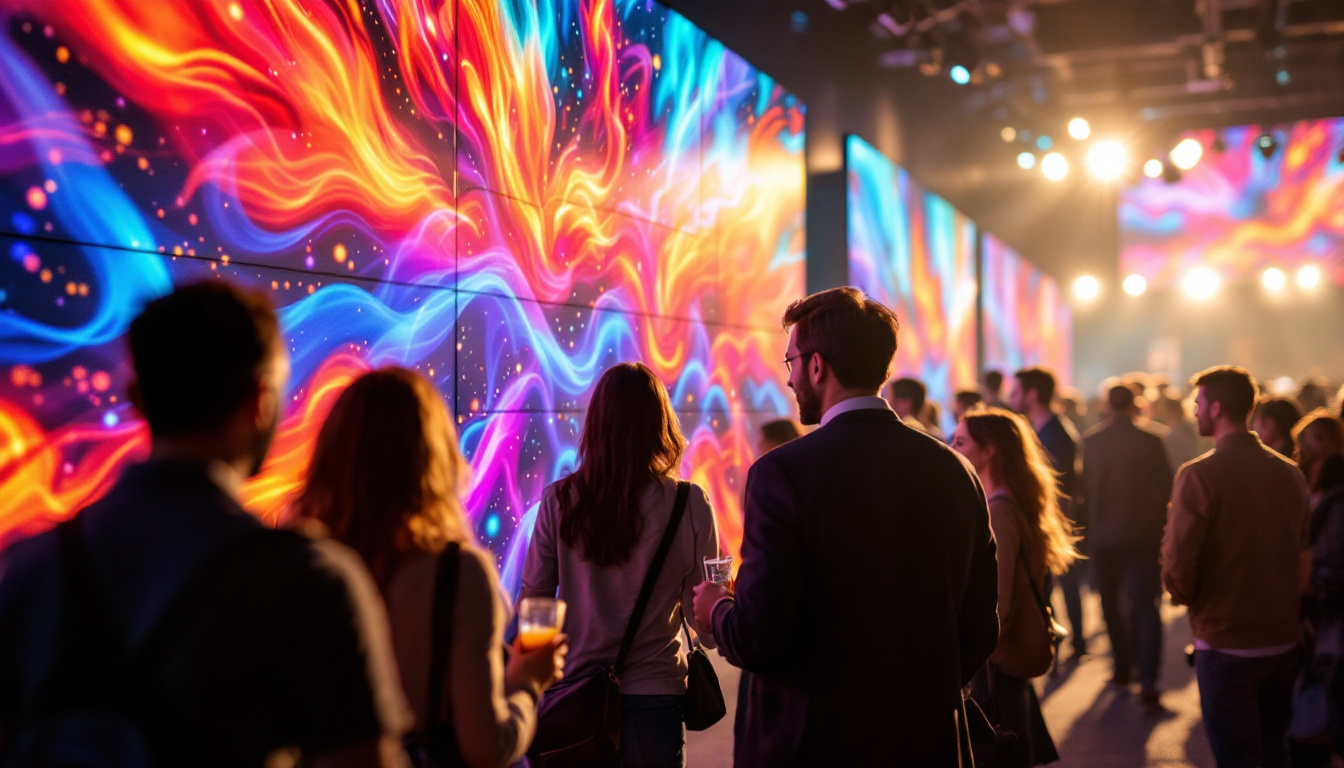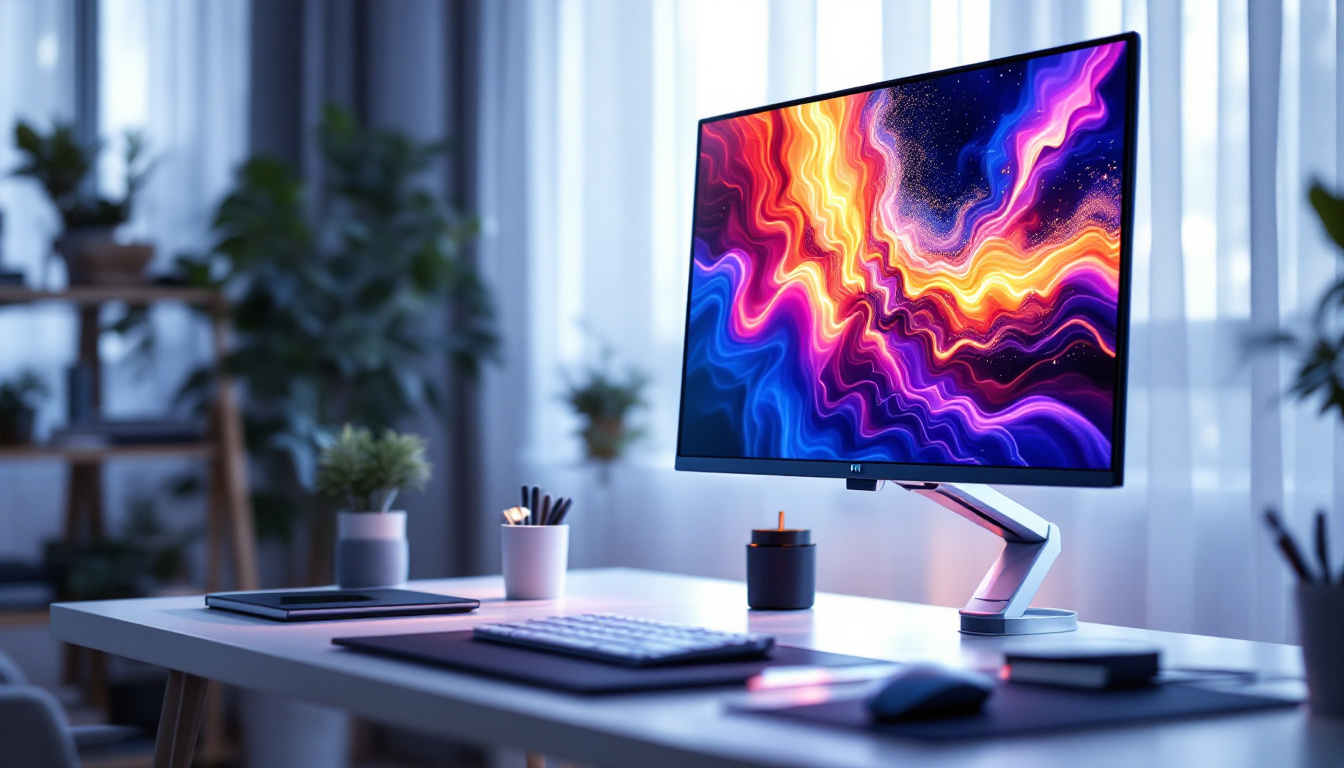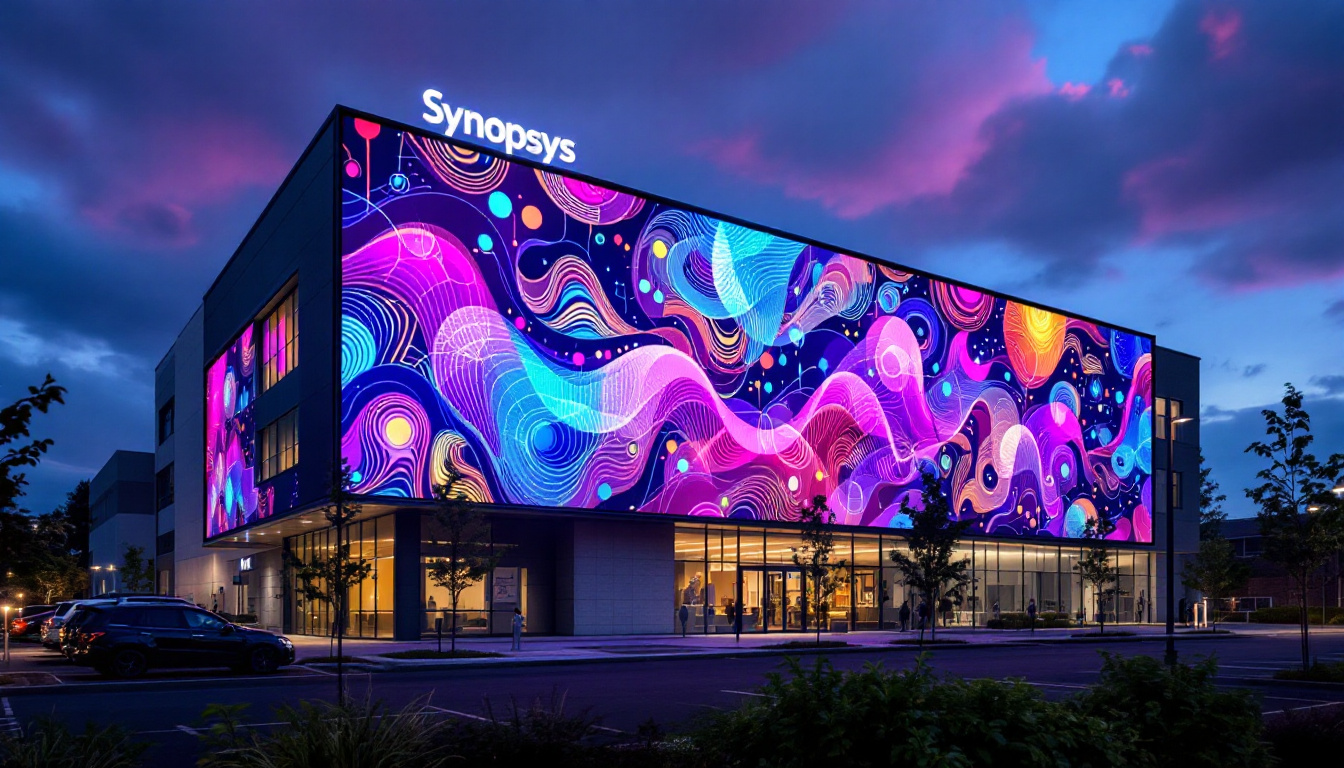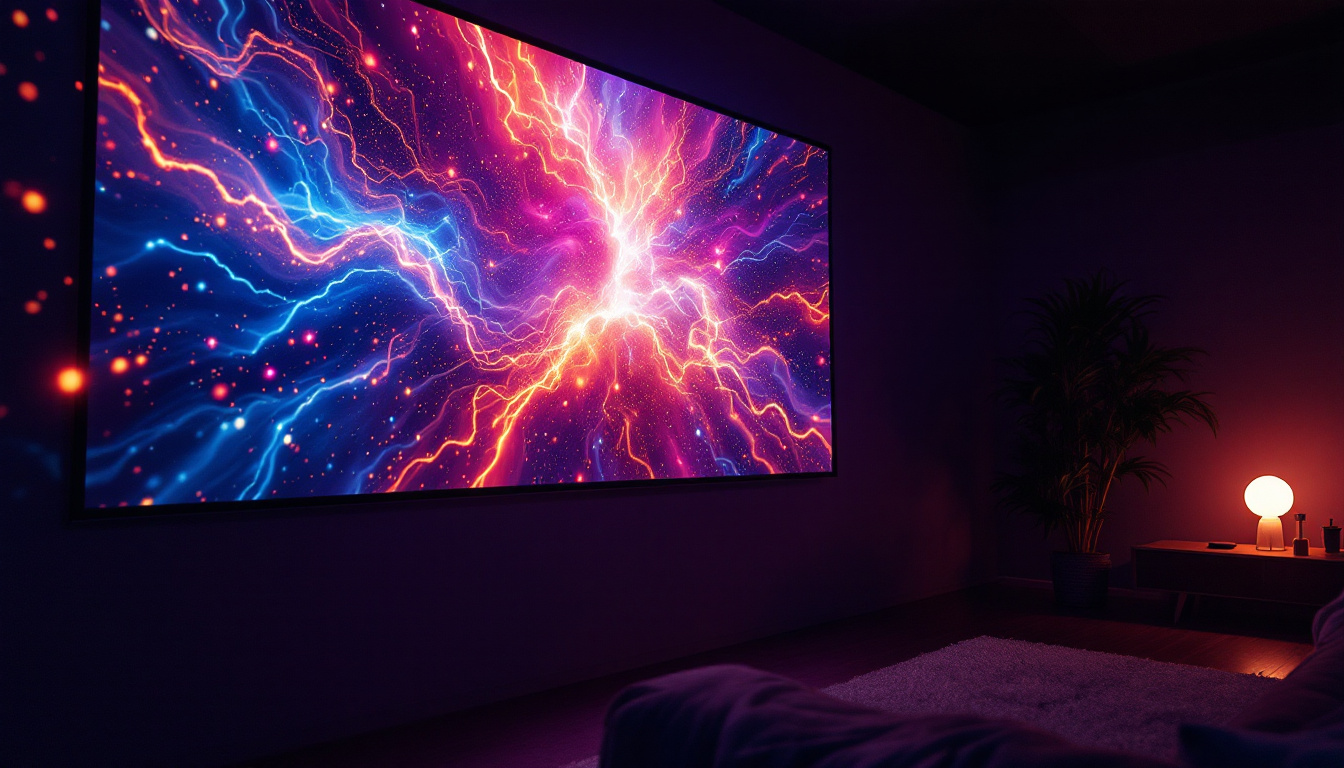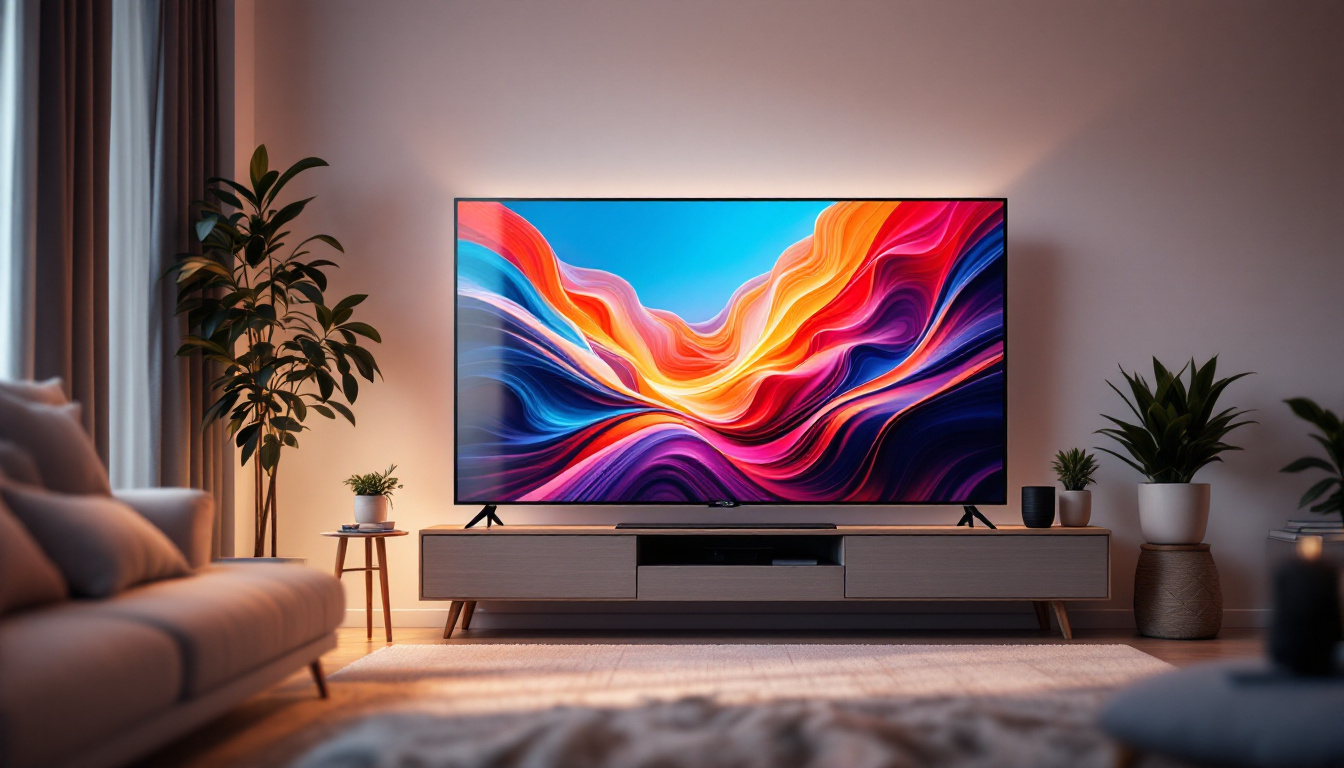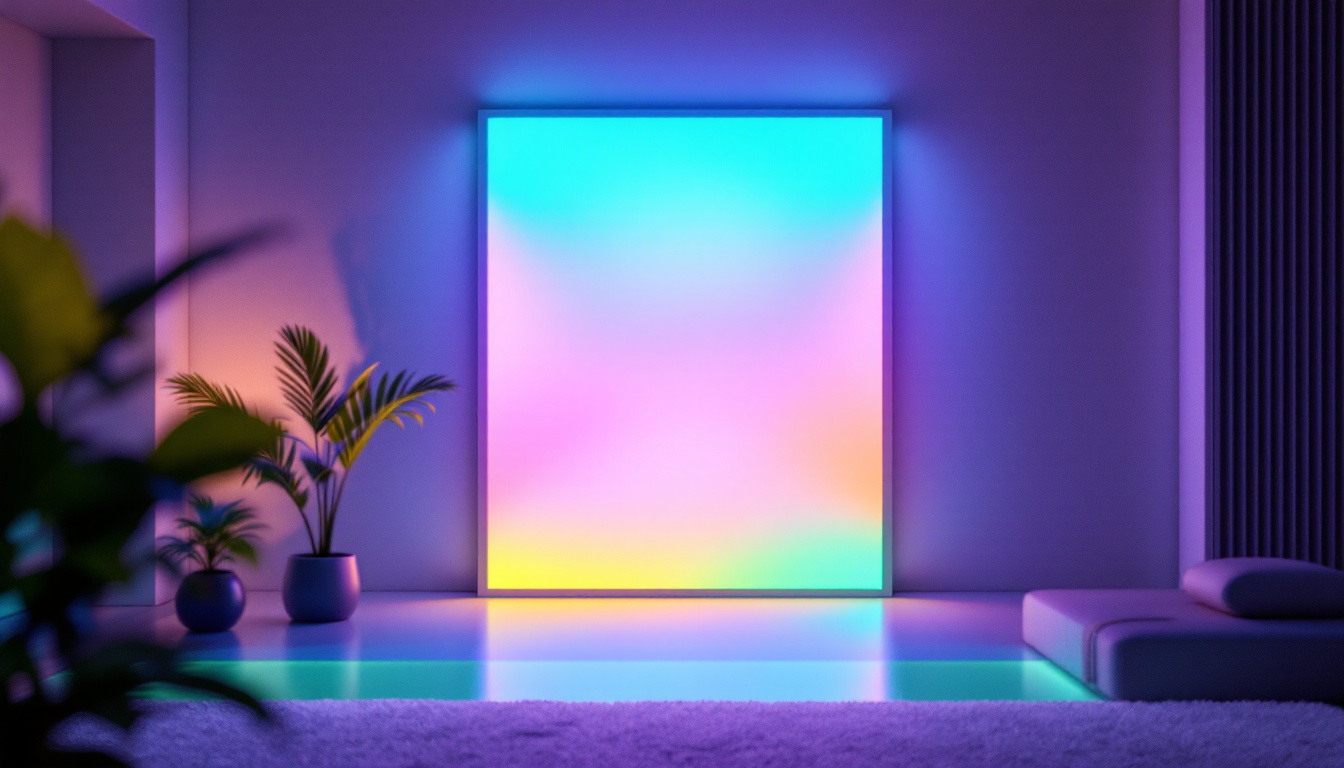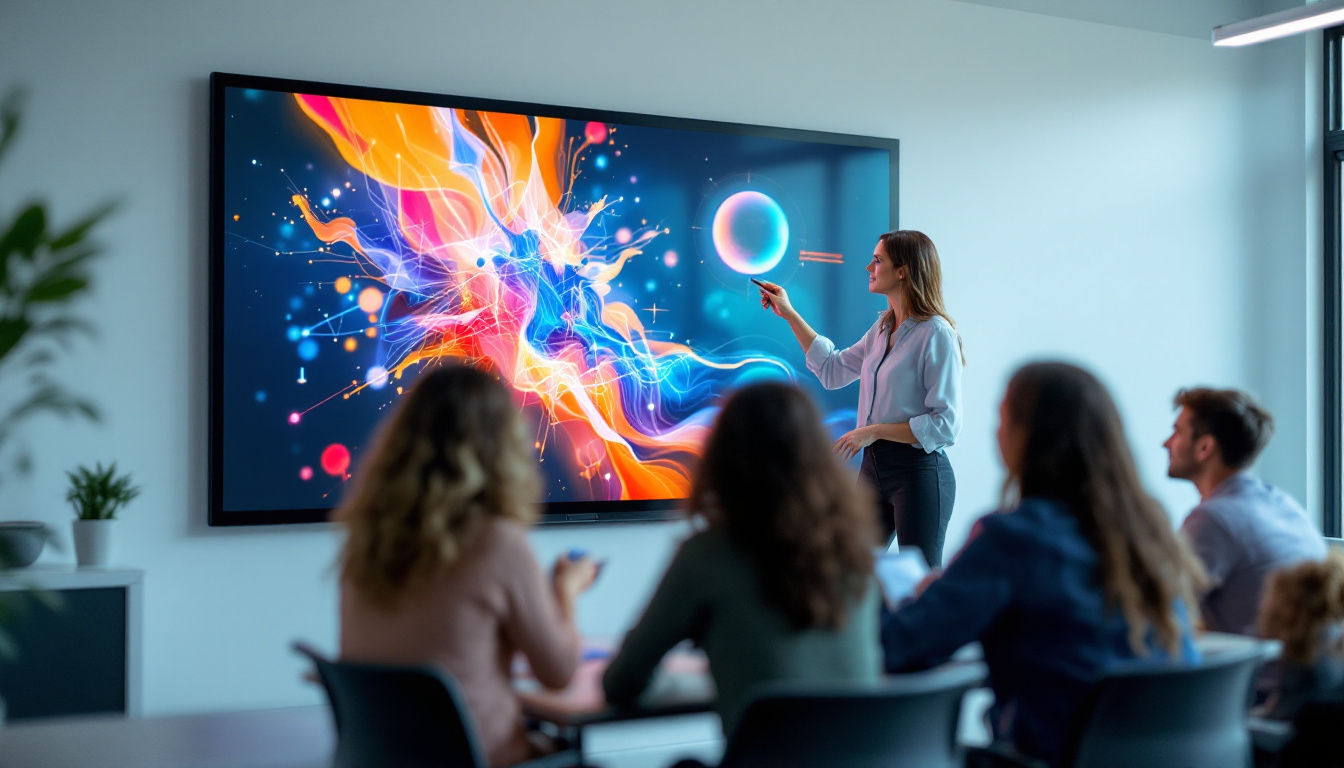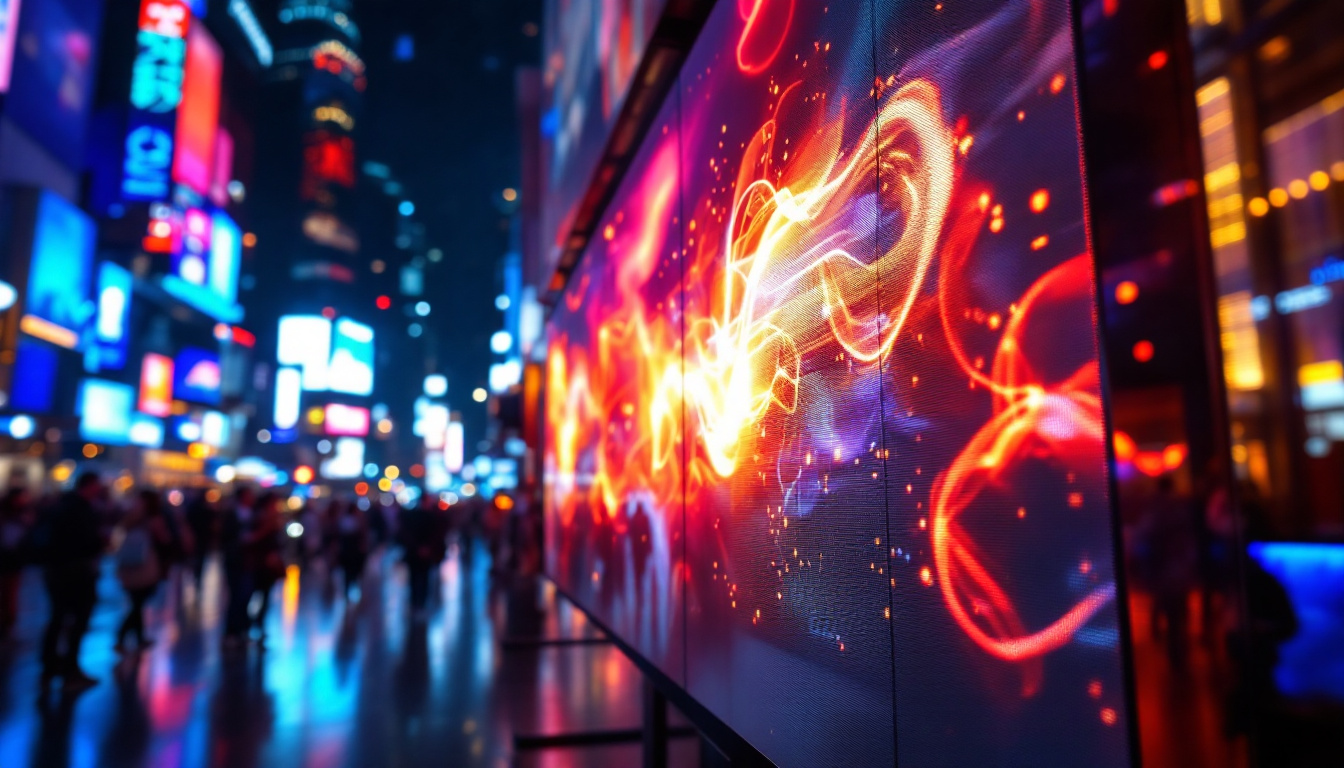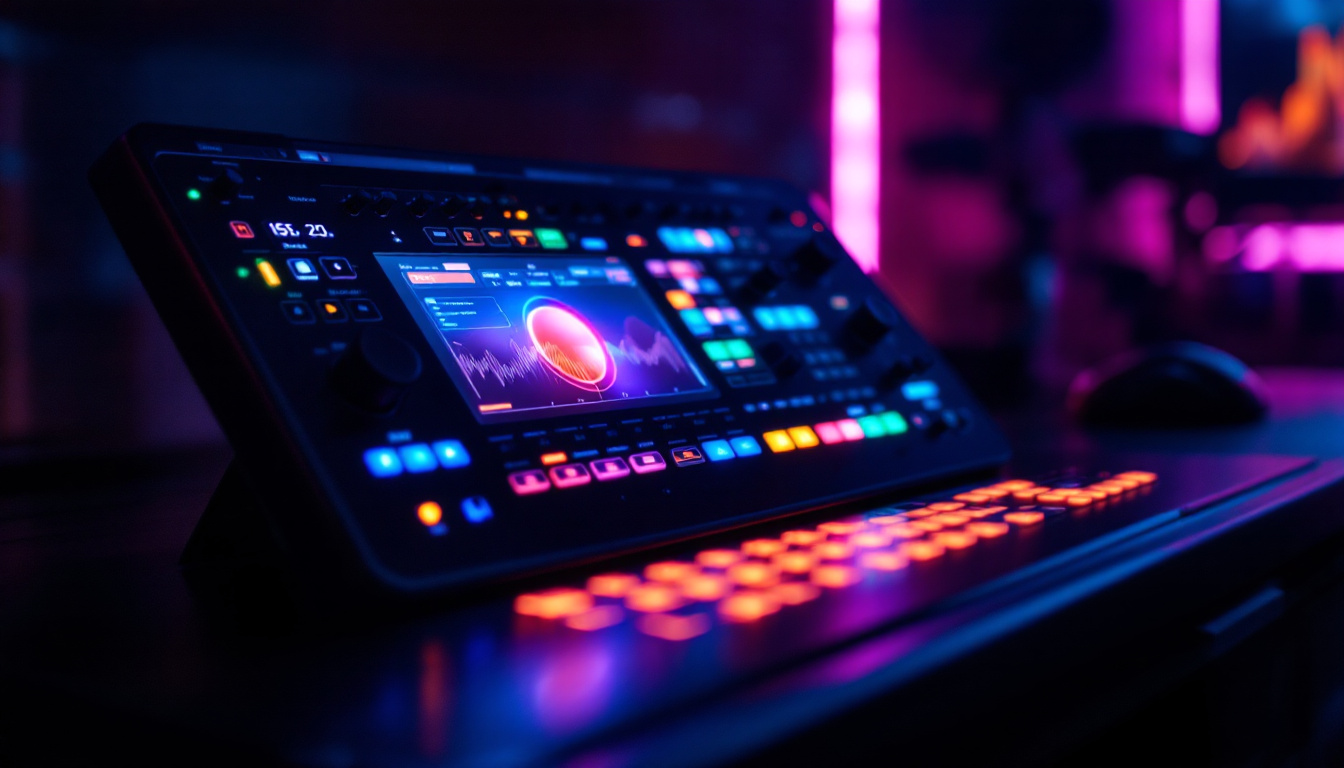In the world of photography, understanding the various modes available on a camera can significantly enhance the quality of images captured. One such mode is the Aperture Priority mode, commonly referred to as Av mode. This article will delve into the intricacies of Av mode, focusing specifically on how it interacts with LED displays in modern cameras. By the end of this exploration, photographers will have a clearer understanding of how to utilize this mode effectively for their shooting needs.
Understanding Av Mode
Av mode is a semi-automatic shooting mode that allows photographers to set the aperture while the camera automatically adjusts the shutter speed to achieve the correct exposure. This mode is particularly beneficial for those looking to control depth of field in their images.
The Importance of Aperture
Aperture refers to the opening in a lens through which light passes. It is measured in f-stops, with lower numbers indicating a larger opening that allows more light to enter the camera. Conversely, higher f-stop numbers signify a smaller opening. Understanding how to manipulate aperture is crucial for achieving desired effects in photography, such as blurring backgrounds or ensuring sharp focus throughout an image.
In Av mode, photographers can choose their desired aperture setting based on the creative vision they have for their shot. For instance, a wide aperture (e.g., f/2.8) can create a shallow depth of field, making the subject stand out against a blurred background. This is particularly useful in portrait photography, where the focus is on the subject while distracting elements are minimized. Additionally, a narrow aperture (e.g., f/16) can be employed in landscape photography to ensure that both the foreground and background are in sharp focus, allowing for a more immersive and detailed scene.
How Av Mode Works
When a photographer selects Av mode, they gain the ability to adjust the aperture while the camera takes care of the shutter speed. This automatic adjustment ensures that the exposure remains balanced, preventing images from being overexposed or underexposed. The camera’s metering system evaluates the scene and determines the appropriate shutter speed based on the selected aperture and available light.
This mode is especially advantageous in changing lighting conditions, allowing photographers to concentrate on composition and creative aspects without constantly adjusting settings. For example, when shooting in varying light, a photographer can maintain a consistent depth of field while the camera compensates for light fluctuations. Moreover, Av mode is ideal for capturing fast-moving subjects in dynamic environments, such as sports or wildlife photography, where the ability to quickly adjust the aperture can make a significant difference in the final image quality. By focusing on aperture, photographers can also experiment with different artistic effects, such as creating starbursts from point light sources by using a smaller aperture, adding a unique touch to their photographs.
LED Displays in Modern Cameras
LED displays have become a staple in modern cameras, providing essential information and feedback to photographers. These displays can show a variety of settings, including aperture, shutter speed, ISO, and exposure levels. Understanding how to read and utilize this information is vital for effective photography.
Types of LED Displays
There are generally two types of LED displays found in cameras: the electronic viewfinder (EVF) and the rear LCD screen. Each serves a unique purpose and offers different advantages.
The electronic viewfinder provides a real-time preview of the image, allowing photographers to see how changes in settings affect the final shot. This is particularly useful in Av mode, as adjustments to the aperture can be immediately visualized in the EVF. On the other hand, the rear LCD screen is often used for reviewing images, navigating menus, and adjusting settings. Many modern cameras also feature touchscreens, making it easier to change settings quickly.
Information Displayed
When in Av mode, the LED display will typically show the selected aperture, shutter speed, and ISO settings. Additionally, it may provide exposure compensation indicators, which help photographers understand how their current settings will affect the final image. This information is crucial for making quick adjustments, especially in dynamic shooting environments.
Many cameras also feature a histogram display, which provides a graphical representation of the exposure levels across the image. This can help photographers assess whether their image is properly exposed, allowing for adjustments to be made on the fly.
Benefits of Using Av Mode with LED Displays
The combination of Av mode and LED displays offers numerous advantages for photographers of all skill levels. Understanding these benefits can lead to more effective shooting and improved image quality.
Creative Control
One of the primary benefits of using Av mode is the creative control it provides. Photographers can focus on their artistic vision without being bogged down by technical adjustments. The LED display allows for quick visual feedback on how changes in aperture impact the exposure and depth of field, enabling photographers to make informed decisions.
This creative freedom is particularly beneficial in situations where time is of the essence, such as during events or wildlife photography. The ability to quickly adjust settings while maintaining control over depth of field can result in stunning images that capture the moment perfectly.
Improved Exposure Management
LED displays play a crucial role in exposure management when using Av mode. By providing real-time feedback on exposure levels, photographers can make necessary adjustments to ensure their images are well-balanced. This is especially important when shooting in challenging lighting conditions, such as backlighting or low light.
Furthermore, the ability to see the effects of aperture changes on the LED display allows photographers to experiment with different settings and learn how various apertures affect exposure. This hands-on experience can lead to a deeper understanding of exposure principles and improved photographic skills over time.
Practical Tips for Using Av Mode
While Av mode offers significant advantages, it is essential to understand how to use it effectively. Here are some practical tips to maximize the benefits of Av mode in conjunction with LED displays.
Experiment with Different Apertures
One of the best ways to become comfortable with Av mode is to experiment with different aperture settings. Take the time to shoot the same scene at various apertures to see how the depth of field and exposure change. This hands-on practice will help solidify the relationship between aperture, shutter speed, and exposure.
For instance, shooting a landscape scene with a narrow aperture (e.g., f/16) will yield a greater depth of field, keeping more of the scene in focus. Conversely, using a wider aperture (e.g., f/4) will isolate subjects by blurring the background. Understanding these effects will enhance the creative possibilities available to photographers.
Utilize Exposure Compensation
Even in Av mode, there may be instances where the camera’s metering system does not provide the desired exposure. In such cases, utilizing exposure compensation can help fine-tune the exposure. The LED display will typically show the current exposure compensation setting, allowing photographers to make quick adjustments.
For example, if the camera is underexposing a scene, increasing the exposure compensation can help brighten the image. Conversely, if the image is overexposed, decreasing the compensation can help restore balance. This feature is particularly useful in high-contrast situations where the camera may struggle to determine the correct exposure.
Monitor the Shutter Speed
While Av mode allows for aperture control, it is essential to keep an eye on the shutter speed displayed on the LED screen. If the shutter speed drops too low, it can result in motion blur, especially when shooting handheld. In such cases, consider increasing the ISO or adjusting the aperture to achieve a faster shutter speed.
For instance, if shooting in low light, increasing the ISO can help maintain a faster shutter speed while still achieving the desired aperture. This balance is crucial for capturing sharp images, particularly in dynamic environments.
Common Mistakes to Avoid in Av Mode
While Av mode is user-friendly, there are common pitfalls that photographers should be aware of to ensure optimal results.
Neglecting Depth of Field
One common mistake is neglecting the impact of depth of field when selecting aperture settings. Photographers may choose a wide aperture for low-light situations without considering how it affects the overall composition. It is essential to think about the desired depth of field and how it complements the subject.
For instance, in a group portrait, using a wide aperture may result in only one or two subjects being in focus, while the rest are blurred. In such cases, a narrower aperture would be more appropriate to ensure that all subjects are sharp and well-defined.
Ignoring the Histogram
Another mistake is ignoring the histogram displayed on the LED screen. The histogram provides valuable information about the exposure levels in an image. A well-balanced histogram should have a distribution of tones across the spectrum, without clipping on either end.
Failing to check the histogram can lead to overexposed highlights or underexposed shadows, resulting in loss of detail. Regularly reviewing the histogram can help photographers make informed adjustments to their settings, ensuring they capture the best possible image.
Conclusion
Av mode is a powerful tool for photographers, offering a balance between creative control and automatic exposure management. When paired with the informative LED displays found in modern cameras, it becomes an invaluable asset for capturing stunning images. By understanding the principles of aperture, utilizing LED displays effectively, and avoiding common pitfalls, photographers can elevate their craft and achieve their artistic vision.
As technology continues to advance, the integration of features like Av mode and LED displays will further enhance the photographic experience. Embracing these tools can lead to a deeper understanding of photography and ultimately, more impressive results.
Discover LumenMatrix’s Advanced LED Displays
Now that you’ve explored the benefits of Av mode and the importance of LED displays in photography, take your visual experiences to the next level with LumenMatrix. Our innovative LED display solutions are designed to bring your creative vision to life, whether you’re capturing stunning photographs or showcasing them. From Indoor LED Walls to Custom LED Displays, LumenMatrix offers a range of products that promise to revolutionize your visual storytelling. Check out LumenMatrix LED Display Solutions and see how our technology can enhance your brand visibility and audience engagement.

